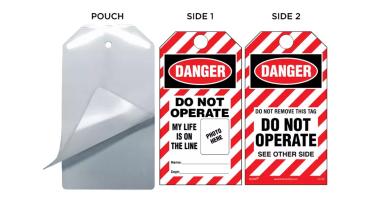
Boost Safety Compliance with Osha Self Laminating Safety Tags
Boost Safety Compliance with OSHA-Approved Self-Laminating Safety Tags

Laminating Pouches for Home and Business
Important Documents must be protected if they are to maintain their integrity for any length of time. It could be a Driver’s License, an identification badge, a birth certificate, an award, a legal document, a photo, a menu or piece of art. In order to protect it properly and be assured that it will last indefinitely, it should be laminated. Once a document is laminated, there is no worry that an inadvertent spill of water or other liquid will ruin the document. A child’s crayon will not be able to leave a mark. The document will not be accidently folded. Photos of loved ones will remain as good as new as you review them over many years. Menus in your restaurant can be used over and over and over again. Legal documents will not tear or wrinkle. Identification cards remain legible and valid in your wallet.
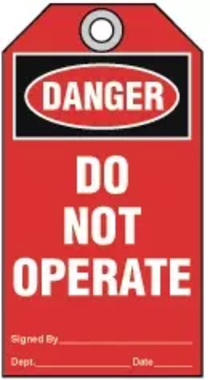
Improving The Tracking of Workplace Injuries and Illnesses
Improving
The Tracking of Workplace Injuries and Illnesses
continue reading
According to The Occupational Health Administration (OSHA)
records, there were 4,383 workers killed on the job in 2012. This means that
there is an average of 3.2 workers who lost their lives for every 100,000 full
time workers. That works out to 84 per week or 12 deaths per day. The rate of
non-fatal occupational injury and illness cases requiring days away from work
to recover was 112 cases per 10,000 workers. The median days away from work
were 9 days. It has been estimated that the cost of productivity costs as well
as direct medical costs for these injuries totals 250 billion dollars per year.
According to The
National Institute for Occupational Safety and Health (NIOSH), preventing
work-related injuries and illnesses is part of a wise national strategy for
economic recovery and growth. Toward that goal, according to the Proposed rule
posted by The Federal Register, Doc NO. 2013-26711, here is the proposed rule:
“Improve Tracking of Workplace Injuries and Illnesses.”
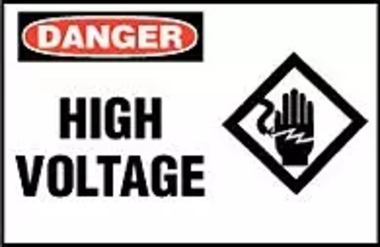
ArcFlash
An arc flash occurs when electric current strays from the path designed for it and instead travels through air to another electrical conductor. The flash results in an uncontrolled voltage surge that can severely injure a person or persons in close proximity.
Unintended conductors include dust, tools, water, corrosion, faulty wiring to name a few. The arc flash can be responsible for fire, for burns, flying objects, extreme blast pressure, sound blast and heat. To protect against the possibility of arc flashes, the National Fire Protection Association has developed a series of four “Flash Approach Boundaries” to help limit the effects of the flash.
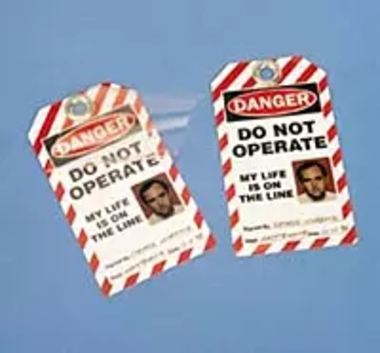
Self Laminating Safety or P-Tags
There are many many industrial situations where information has to be inputted onto an informational tag. For example, lockout:tagout procedures; maintenance order instructions; a specific valve number has to be added; right-to-know information, biohazard announcements, just to name a few. Often times the tag has to be written up immediately and placed in position. An ideal way to do this is with a Pressure-Sensitive tag or as Idesco calls it – A “P-tag.” That is because the tag can easily have information added to it with either pen or pencil and can be sealed by simply removing the release paper from the pressure-sensitive adhesive. No heat-seal lamination is required.
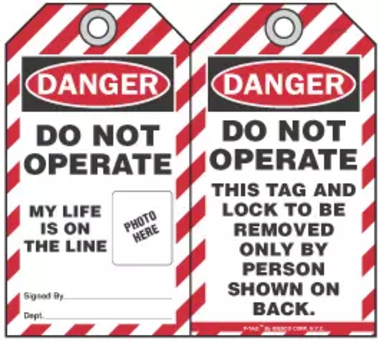
Real Life Tag
When implementing OSHA1910.147, “The Control of Hazardous Energy,” one is required to attach a tag and a padlock to the locking device protecting the equipment. But what is the best way for the tag in question to have the most impact? All tags must have the OSHA (or ANSI) DANGER header, along with the phrase “Do Not Operate.” However more can be done to raise awareness to all the personnel involved in a lockout situation. By adding a photograph of the person performing maintenance during the lockout situation and including the phrase “My Life Is OnThe Line” makes this tag stand out and really brings out the Safety Message.
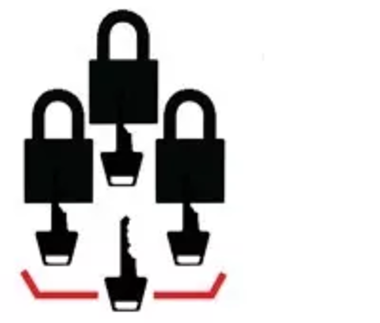
Proper Padlock Keying for Lockout:Tagout
Proper Padlock Keying for Lockout:Tagout
The OSHA Lockout:Tagout regulation CFR1910.147 states that Lockout Device is: A device that utilizes a positive means such as a lock, either key or combination type, to hold an energy isolating device in the safe position and prevent the energizing of a machine or equipment
Padlocks, usually combined with a specific type of lockout device such as a circuit breaker lockout or gate valve lockout insure that machinery cannot be in operation during a lockout:tagout situation. In fact a lockout:tagout operation will not begin until all machinery and equipment involved is locked out by the appropriate device and the appropriate lock.
There are basically 3 ways that padlocks are configured for Lockout:Tagout operations.
Padlocks can be set up “Keyed Alike.” In this situation more than one padlock being used has the same key set to open the locks Padlocks can be set up “Keyed Differently.” In this situation a number of padlocks being used have different key sets. So only a key for a specific padlock will open only that padlock and no other. Padlocks can also be set up to be “Master Keyed.” In this case, one or more persons, perhaps the supervisors will a key that will open many if not all padlocks being used, regardless of whether they are keyed alike or keyed differently.
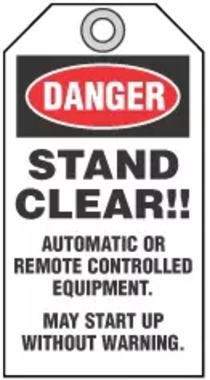
Preventing potential danger with Operational hazard tags
Among the most frequently cited standards by OSHA in 2013 include those involvingLockout:Tagout, Construction, Hazard Communication (including Right-to-Know,) Confined Space, Electrical Components and Equipment.Interesting enough, there are accidental prevention tags that contain verbiage and symbols to help reduce accidents for all of these categories and more. If only they were to be used properly, if at all.Accident Prevention tags can be used to specify rules; to specify procedures; to announce Danger or Caution situations; to announce hazardous conditions; to provide “Right-to-Know” information; to record important data, to name just a few.
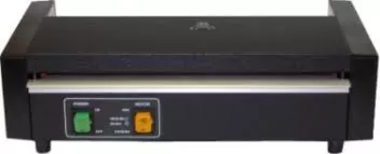
Desk-Top Laminators
There are many important items that need the quality long lasting plasticized protection that a desk top laminator delivers. Laminated materials provide protection from weather, abuse, chemical spills and tampering. There are 3 Desk-top laminator sizes: a 4” wide model that is suitable for wallet-sized ID Cards, personalized safety tags, business cards, file cards, driver’s licenses and luggage tags; a 10” wide model that is used for laminating legal and letter sized documents, price lists, signs, 3-hole loos leaf sheets, material safety data sheets and photos; a 12” wide model that is ideal for laminating chart size material and menus. Laminating materials that can be used include clear, matte finish and pressure-sensitive.
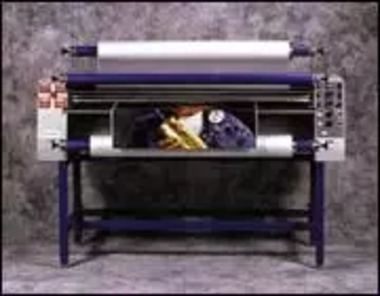
Roll Laminators for Safety Signs and Tags
Documents and plastic cards tend to wear out and fade after being used for a long period of time. Laminating and sealing anything between two sheets of plastic is an effective way to preserve and protect documents, photographs, business cards, posters, or any other piece of paper that is of value to you. If you wish to laminate something, there are a number of options available to you. Roll laminators, for instance, are the most professional and the most expensive models in the industry.
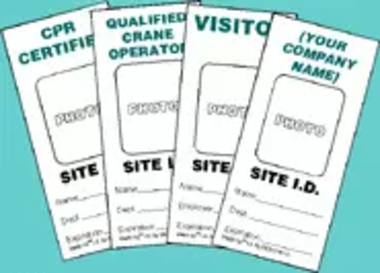
Head Protection and Hard Hat ID’s
Head protection is absolutely crucial for protecting construction industry workers from a wide array of hazards. Hard hats or helmets meeting ANSI standards should be worn any time when there is a risk of falling or moving objects, fixed objects such as exposed pipes or beams on which one might strike their head, or if there is a possibility of accidental contact with electrical hazards. Protective headgear should resist penetration, absorb the shock of a blow, resist water and burns, and display clear instructions.
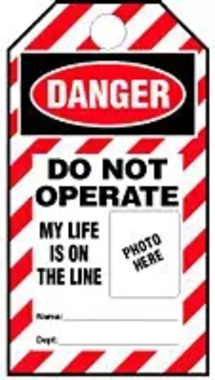
Laminated Safety Tags: Real Life Tags
Lamination provides the ultimate protection for mass-produced safety tags. Idesco Safety has a wide selection of OSHA approved laminated safety tags designed to withstand tough, dirty and greasy conditions. The durable polyester laminate resists water, grease and extreme temperatures. These laminated safety tags are easy to use. Simply attach these custom safety tags to machines, equipment and other devices to warn of dangers and communicate status.
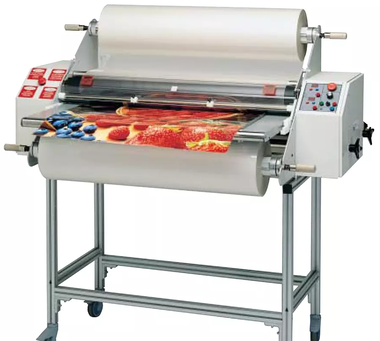
Laminating Roll Materials
What are Laminating Roll Materials?
Laminating roll materials typically refers to the large laminate sheets that are wound around a tubing of identical length to the sheet. The entire laminate sheet and tube are fitted into a roll laminator machine, which rotates to feed the laminate sheet through the machine, with the substrate side pressing the sheet against the object being laminated (in this case a board or piece of paper).
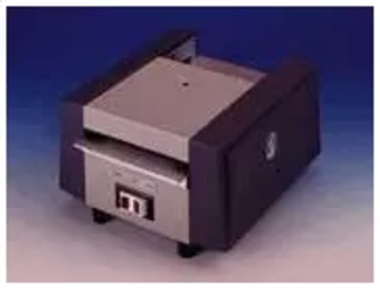
Q-Tags and Customized Laminated Tags
What are Q-Tags? Q-Tags are mass-produced safety tags
laminated using Idesco’s proprietary lamination method. The Q-Tag lamination
method is employed specifically for safety tags that are harder to laminate
using existing and traditional methods, such as bar codes, photos, tags
containing special messages, machine-specific data, right-to-know chemical stats
and descriptions or any other unique type of safety tag that is not easy to
categorize.
continue reading
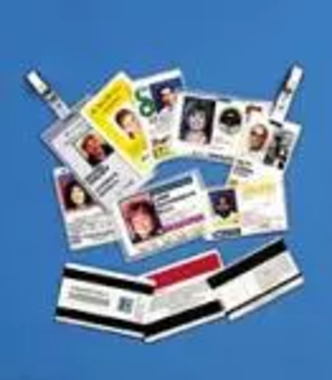
Small and Large Lamination Pouches
Laminating pouches are typically measured in inches and small laminating pouches range from 2 x 3 inches (length and width) to 3 x 5 (a typical 3-by-5 index card). Large laminating pouches range in size from (3.5 x 5.5 inches, which are the dimensions of file cards, to 12 x 18 inches, which is the size of a typical menu and many charts.